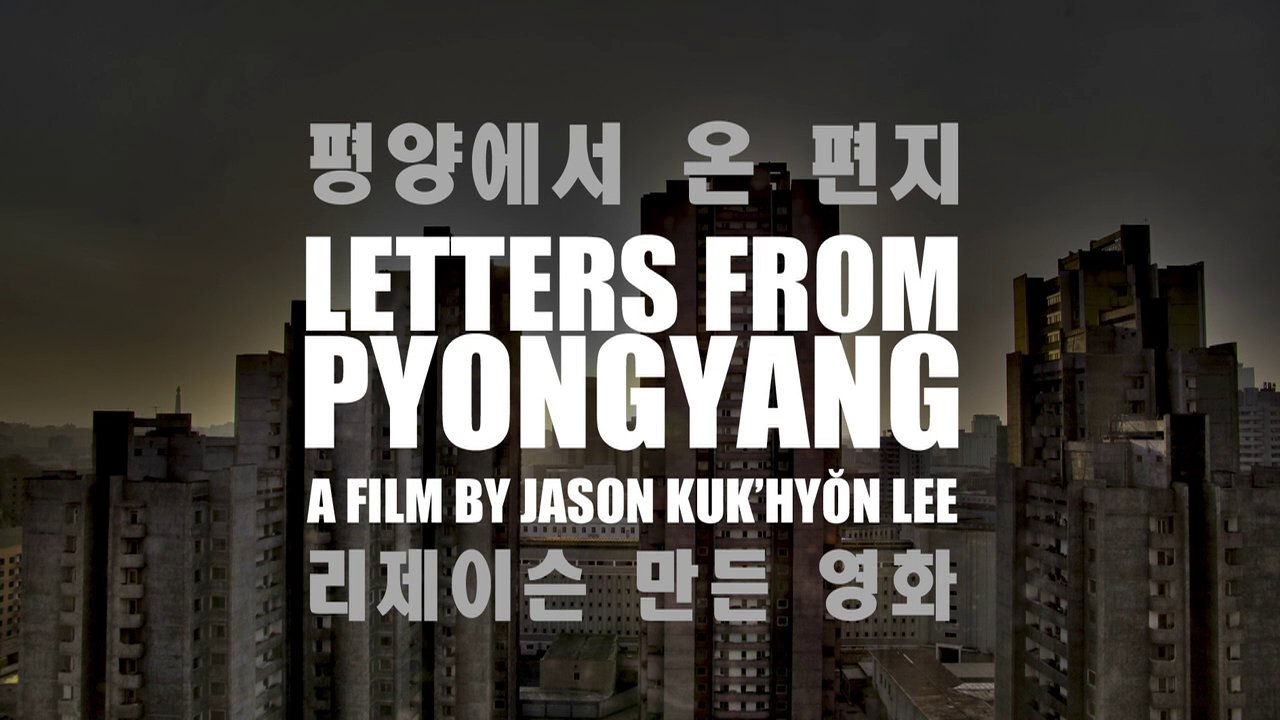To reunite with his family members in North Korea, Korean Canadian filmmaker Jason Lee and his father went to Pyongyang, the capital of North Korea. His documentary Letters From Pyongyang featured his family’s efforts to enter the most isolated and heavily controlled country on earth.
Lee tried to explore the issue of family torn apart by the separation of North and South Korea in the film. The 38th parallel stands like a modern Berlin Wall, cutting off the connection and blood tie of family members on both sides. Lee used his own family as an example to illustrate the issue and painted a full picture of how one family was separated and reunited due to political conflicts.
It was effective in the film to sort out the history of the Korean Peninsula and how it was separated and what it means for people living in the two countries. Closeups on people’s wish notes in the demilitarized zone asking for family reunions added a soft touch to the story. Many other families are just like Lee’s. They hope to see their separated brothers and sisters on the other side again.
Apart from the well-filmed closeups and shadow techniques, there isn’t much the film can offer unfortunately. Most of the B-rolls are Lee’s family’s sightseeing in Seoul, Beijing, and Pyongyang along with archive videos often used in films about North Korea. We don’t know much about his uncle Young Chol’s letters except saying his wife died and how much he missed them, which were common in family letters. A lot of questions are unanswered. How did Lee’s uncle Young Chol in North Korea send them letters from Pyongyang to Canada till 2007 when he died? How did the letters bypass the strict information control in North Korea? What their lives were like in the country? What did the guard in North Korea tell them when they requested to meet family members in their homes? Why was it so hard for them to enter North Korea? What questions were asked?
A piece of insight not fully elaborated on was the strict supervision on Lee’s family trip in North Korea. They were assigned a tour guide, a translator, and a cameraman. Throughout the entire trip, every step was accompanied, watched, and filmed. They were only allowed to go to tourists’ attraction but not a normal person’s home. They met their relatives in a hotel rather than in their house. They played ping pong and shared gifts, but no talking about life in North Korea. Their requests to visit Young Chol’s grave were rejected, but they were later given his urn. How did the tour guide obtain this urn? Where was it buried? Did their connection with someone in the west jeopardize the family? We don’t know.
It was a very personal film for Lee, and it was very well-made. But to spend 30 minutes watching a documentary, it’ll be great to have more analysis and depth.





